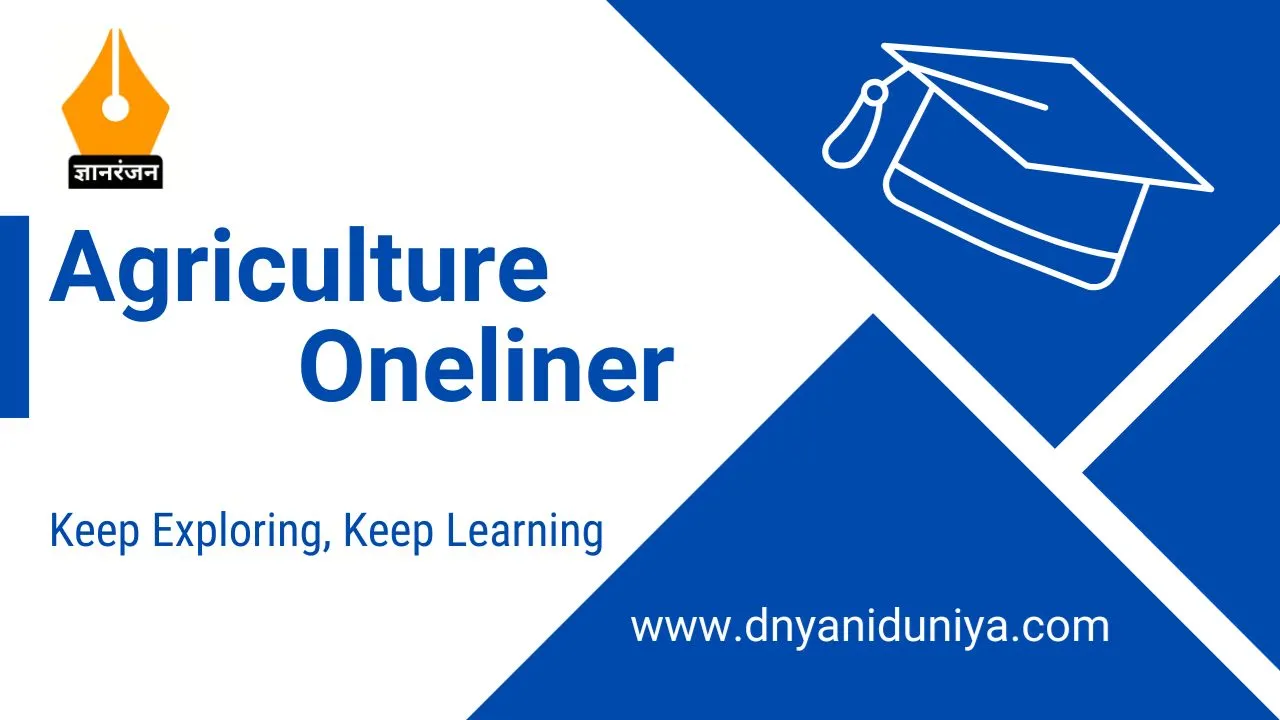Pomegranate: A Symbol of Abundance
Botanical Name: Punica granatum
Origin: Iran
Propagation and Pollination:
– Pomegranate is propagated through offshoots, with origins traced back to Iraq.
– It undergoes cross-pollination.
– Chromosome count: 2n-16
Fruit Characteristics:
– Pomegranate is a non-climacteric fruit.
– Known as “Balusta” fruit type.
– Hardwood cuttings aged 6-18 months are commonly used for propagation.

Cultural Practices and Harvesting Seasons:
– Varieties like Alandi and Dholka are propagated by seed.
– To reduce cracking, Bo, GA3, and Pinolen are used.
– Ambia Bahar: Best quality fruits from January to February, harvested from June to September.
– Maig Bahar: Fruit matures during the rainy season, harvested from December to February.
– Hast Bahar: Harvested during winter, from March to April.
Climate and Fruit Quality:
– Ambia Bahar fruits have attractive color and quality, suitable for exports, due to dry weather and increased photosynthesis.
– Mig Bahar fruits develop during the rainy season, affecting color and sweetness.
– Hast Bahar fruits are limited in availability during this season, commanding higher value.
Additional Information:
– Pomegranate is highly drought-tolerant.
– The wild type fruit is known as “Daru.”
– Pomegranate juice is used for leprosy patients.
– Training by the Multi-Stem system is common.
Challenges and Varieties:
– Fruit cracking is a serious issue, attributed to both Bo deficiency in young fruits and temperature fluctuations in mature ones.
– Varieties include Ganesh (developed from Alandi), Mrudula, Ruby, Muskat, Arakta, and Bhagwa.
Grading:
1. King Super Size
2. King Size (greater than 750gms)
3. Queen Size (500-700gms)
4. Prince Size (300-400gms)
5. 12-A Size (1-2 spots, 250-300gms)
6. 12-B Size (weight less than 250gms)
This overview provides insights into pomegranate cultivation, including propagation methods, cultural practices, harvesting seasons, and challenges faced by growers.
“The information provided in this article is for reference purposes only. It is not intended as professional advice. Readers are encouraged to verify information and seek appropriate guidance before making decisions based on the content presented.”